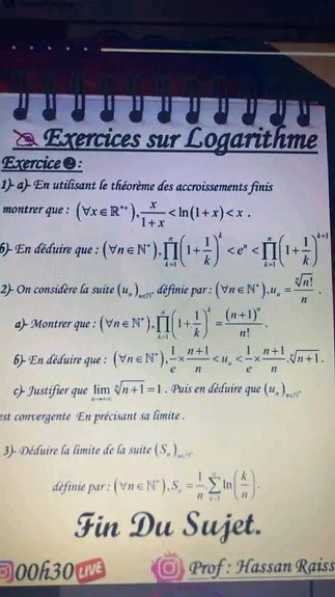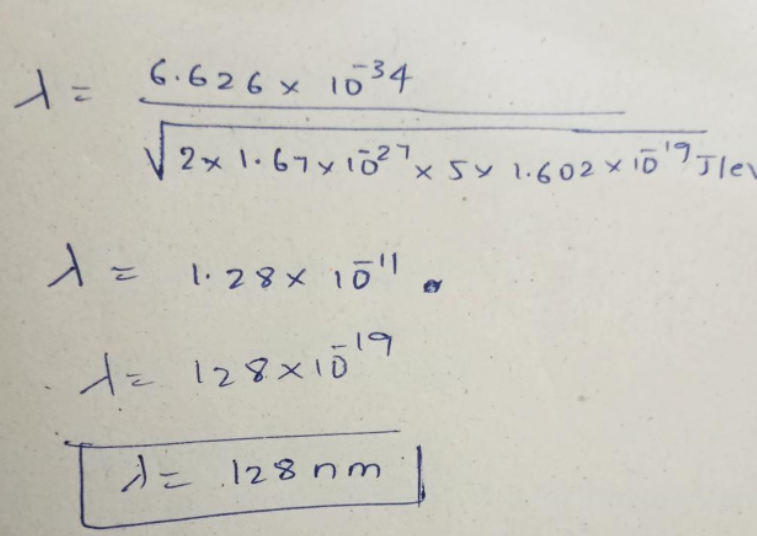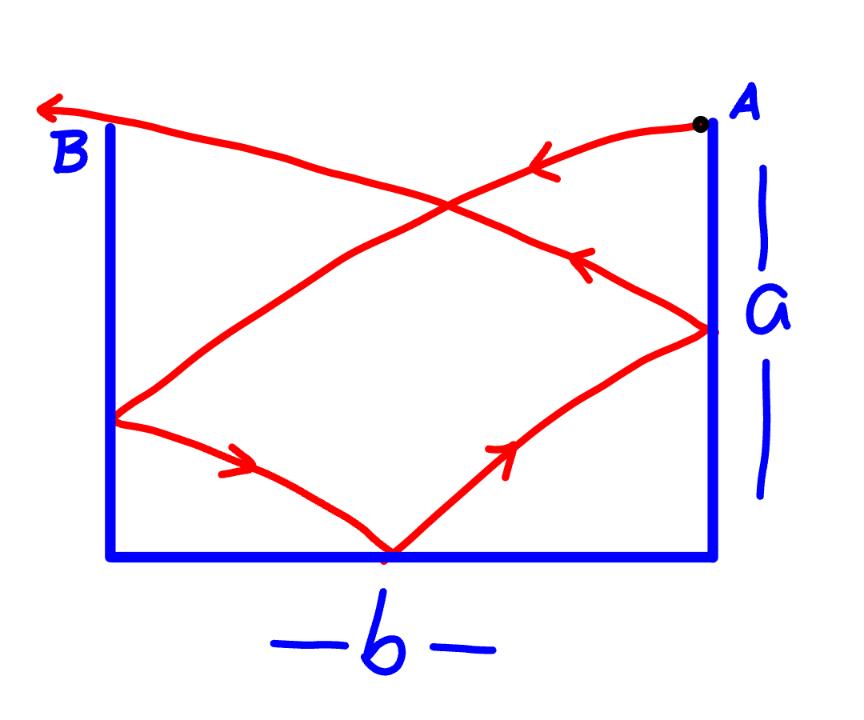
AllQuestion and Answers: Page 181
Question Number 204129 Answers: 2 Comments: 0
Question Number 204123 Answers: 2 Comments: 1

Question Number 204117 Answers: 0 Comments: 4
Question Number 204174 Answers: 1 Comments: 0

Question Number 204105 Answers: 3 Comments: 0
Question Number 204104 Answers: 0 Comments: 0

Question Number 204102 Answers: 0 Comments: 0

Question Number 204101 Answers: 0 Comments: 0
Question Number 204083 Answers: 2 Comments: 0
Given that tan(A + B) = 1 and tan(A - B) = 1/7 find tan A and tan B
Question Number 204082 Answers: 1 Comments: 3
Question Number 204081 Answers: 1 Comments: 0
Question Number 204078 Answers: 0 Comments: 1

Question Number 204072 Answers: 1 Comments: 0
Question Number 204062 Answers: 4 Comments: 0
Question Number 204056 Answers: 2 Comments: 0
Question Number 204055 Answers: 2 Comments: 0
Question Number 204054 Answers: 2 Comments: 0
Question Number 204041 Answers: 2 Comments: 0
Question Number 204039 Answers: 2 Comments: 0
Question Number 204038 Answers: 1 Comments: 0
Question Number 204024 Answers: 1 Comments: 0
Find the Cartesian equation of x(t) = 2 cos t And y(t) = 3 cos t
Question Number 204019 Answers: 1 Comments: 2
Question Number 204018 Answers: 1 Comments: 0
Question Number 204005 Answers: 2 Comments: 1
$$\mathrm{Find}: \\ $$$$\mathrm{cos44}°\:−\:\mathrm{cos84}°\:+\:\mathrm{ctg45}°\:=\:? \\ $$
Question Number 203995 Answers: 3 Comments: 0
Question Number 203994 Answers: 2 Comments: 0
Pg 176 Pg 177 Pg 178 Pg 179 Pg 180 Pg 181 Pg 182 Pg 183 Pg 184 Pg 185
